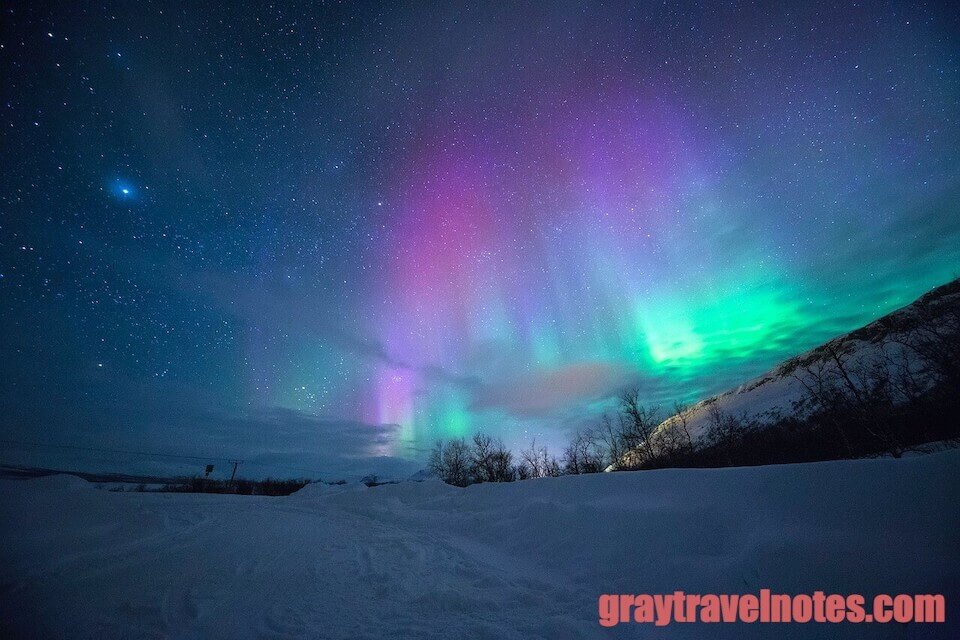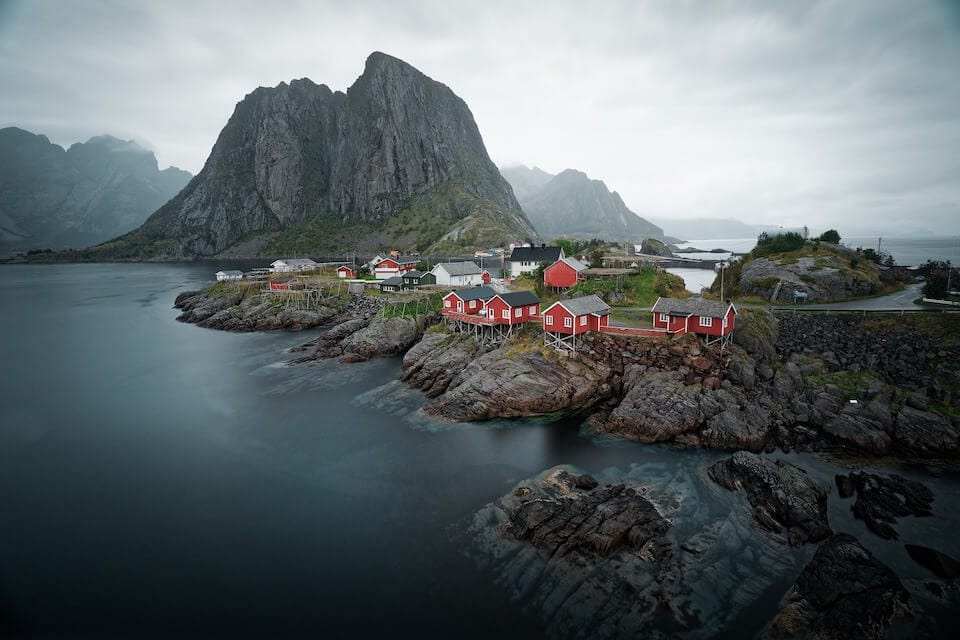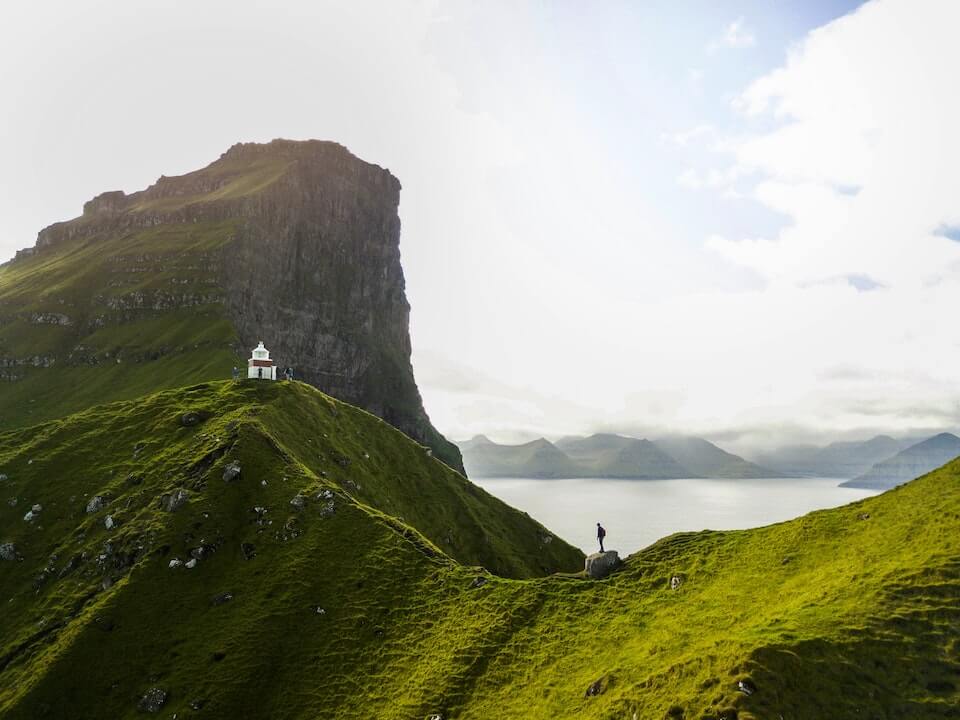November 2021 marks yet another astonishing event of the year for all of us. But this time around, it’s something a lot more positive in what we get to see in the sky.
Did you notice over the past few months there had been a spike in news and photos of remarkable light show appearing at night? If you’re living closer to the North, I’m sure you’re already aware of it.
These amazing Northern lights can be seen dancing even all the way in the US, Northern Utah. Yup, you heard that right.
But why only now? Why the increase in its activity?
In this post, we explore a little beyond our daily travel inspiration towards a more scientific driven sharing.
What is Solar25 and solar cycle?
I’m not all crazy on the scientific aspect of it, although I’m wildly mesmerised by the unknown. So don’t go all crazy on me if I didn’t get all of them right.
I mean, for commoners like us, it’s all about the lights right? That’s all we care now, really.
But yes, a little knowledge and scientific understanding helps. It also enriches our experience the next time we see the lights above our head.
And because it makes us even more amazed by how such a miraculous scientific reaction that happened at our atmosphere can become one of the most mysterious yet unparalleled beauty in the world.
The increase in the Northern Lights activity is largely due to one event that occurred very recently. And this single event is a solar cycle that will last for quite some time, so get ready to pack your bags and wander off to a whole new place soon!
This new cycle is called Solar 25.

The solar cycle – without going all too scientific here – is basically a cycle of the sunspot activity that’s happening on, well, our Sun. Sunspot activity is tracked and measured by the scientists to ensure that we know what’s going to happen next?
Ok, wait. Is increased sunspot activity bad then?
Yes and no I guess. From what I read, sunspot activities disperse strong powerful solar flares across our Solar System. Thankfully, due to Earth’s strong magnetic field, most of the harmful rays and particles are “deflected”.
But it still means that we’re constantly hit by multiple solar winds that head towards Earth direction, and in occasion, there are very strong ones. Like, very very powerful.
Heard of movies that depicts Solar storms, attacks, flares, etc? Yeah, most of them are based around the Sun and it’s powerful Solar winds. They’re not entirely false. Just exaggerated for a movie effect.
A very powerful Solar storm can indeed wipe out the entire Earth’s power grid, satellite and everything electronic, shutting us down and descending into a very very dark day.
And that’s basically why there are constant tracking and research to predict, measure and understand when/why/how/what will happen and the magnitude of it.
But there’s a good news. I understand it that most of the sunspot activities are normal and non-threatening nor cataclysmic level. And amongst these activities, some tend to generate a decent amount of interaction with our Atmosphere.
Thats means the Northern Lights will be very active for the next few years before hitting its peak in July 2025.
Fun Fact #1: The new cycle supposedly began in December 2019, but up until only recently did we see massive amounts of activity due to a huge sunspot ejection. In a spectacular display, we now see very bright and frequent multicolour of the Northern Lights. That includes the very rare ones like blue, purple and red. Yes, all of them.
How are Northern Lights created?
Which brings us to the point – How are these beautiful dancing lights created?
In a simplistic explanation, Northern Lights are created due to the solar wind interacting with Earth’s atmosphere. The result of the photons and molecular reactions, is the dancing Aurora Borealis.
So there, all the scientific gibberish are spilled out. I said it like I actually knew what that is. I don’t. But there are some infographics online that actually help you make sense out of what these whole photons and molecular reactions are.

And it works. As fascinating as it is, it’s beyond my imagination of how something quite as simple as that, could’ve created something this magical. So spiritually mysterious that it’s tales and legends transcend till today.
In different parts of the world, the Northern Lights speak of a cultural story on its own. All of them spiritually related, but also commonly associating and attributing to its beauty.
How I wish that over at the Equator for countries like ours, Singapore, we get to see a glimpse of such wonder for a short while during such epic event in our universe. I would’ve made so many of us that much happier for that moment.
Oh wait, sorry. I think most of us are probably still glued to the screens rushing reports and other things. I guess it didn’t matter much then.
I’m kidding. Would you seriously missed out on seeing the rare purple, blue and red Northern Lights if you had the chance?! I know I would give anything just to enjoy and capture this moment in my life. At least I can die saying I saw a glimpse of what beauty Mother Earth had for us.
Fun Fact #2: Did you know that Aurora Borealis is the alternate name for it? Ok maybe you did. But did you also know that there is a Southern version of it? It is called Aurora Australis, or commonly known as Southern Lights. Much more rare and shy, we don’t get to see as much of Southern Lights most of the time.
Why is Northern Lights active only now? Is it not before?
So, you might be wondering now. We’ve lived decades since the discovery of science and all other crazier things. Why now? Why do we only “know” it now?
Well not really. Obviously throughout the years, it’s been known to change its cycle every 11 years or so. That’s close to 1 decade.
And also back in the days, information and photos just aren’t that advanced to have news delivered worldwide in a snap. Nor are we that much more active traveling to places that weren’t accessible then.
And maybe many more other factors, who knows. But I’m sure we all knew of Northern Lights even when we’re young. We just don’t have “access” to see it yet.
At least that’s what I think. Plus, the previous Solar cycle had also started to die down in terms of activities, thus reducing our chances of catching a glimpse of these Northern Lights.

As the previous section had explained, The Northern Lights display is directly affected by the activity of the sunspots during a solar cycle. When there is an increase in sunspot ejections, it increases the intensity of the solar wind, which results in more frequent and brighter lights display.
Fun Fact #3: Color variation is largely due to the type of emissions from the molecular reactions in our Earth’s upper atmosphere. Oxygen emissions result in green or orange-red, which are the most common ones we see. The rarer colours of blue, purple or red is the result of nitrogen emissions.
Also check out: https://www.washingtonpost.com/weather/2021/11/04/aurora-northern-lights-november2021-photos/
Ok, we now understand the science behind it. Now what? What does it mean for us?
That’s a great sharing by the way, always good to learn the vast knowledge that existed around us! Now, knowing these facts in coincidence with the reopening of most countries, it can only mean one thing.
Start planning your next trip to the North within 2023 to 2025 to catch some of the best Northern Lights colours and sighting! Just remember, there’s no guarantees nor promises made by anyone that you WILL see it, but hey, one can always hope right?
Grab the chance and reserve your best seat for the show of your lifetime.
As a matter of fact, I’m already in preparation of coming out the next itinerary that I wish to fulfil soon. Which is a perfect time for me to introduce a whole new series of articles that I’m excited to share with the community.
This new series aim to exchange travel ideas, routes and plans together so we may discover many more amazing locations around the world! So stay tune as it’s coming soon in December!
Check out more on Trips and Reviews…

Grab all the latest complete travel itineraries and guides for your next trip!

Read all about the latest products and locations reviews before your trip!
Like these content you’re seeing? Support the blog today!
Benefits of being a Patreon:
★ All benefits of a Member.
★ Exclusive Signature Images for Prints & Wallpapers.
★ Receive genuinely handcrafted Photo Album(s) of each destination.
Benefits of being a Member:
☆ Handcrafted content in newsletters just for you.
☆ It’s free and no-obligation or hard-selling of anything!
☆ Receive exclusive Travel Highlights and Epic Picks for members only.


